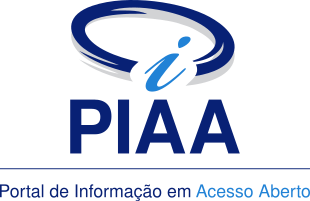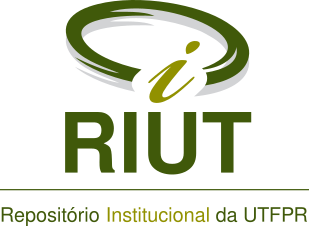Control of reducing sugars in sugarcane bioenergy industries by colorimetric methods: Is it always possible?
Resumo
Interferents influence analytical results of colorimetric methods. This work evaluated the level of analytical influence by metallic ions (K+, Ca2+ and Fe3+) on reducing sugars analysis. The difference on the reducing sugars (RS) content was analyzed by the 3,5-DNS, Somogyi-Nelson, Lane-Eynon and ion chromatography (IC) methods. The RS contents were compared to each other, using sugarcane juice samples. The same sample presented, generally, Somogyi-Nelson with higher contents, while 3,5-DNS lower. Therefore, mixed solutions with 1.5 g L-1 (proportion 1:1, v/v) of glucose and fructose were prepared with increasing doses of K+, Ca2+and Fe3+ ions (2.6; 5.2; 7.8; 10.4; 13.0 mmolc L-1). K+ underestimated the results of 3,5-DNS. Nevertheless, Ca2+ overestimated the 3,5-DNS and Lane-Eynon results. While, Fe3+ overestimated the RS content in 3,5-DNS and underestimated in Somogyi-Nelson. Regardless of the metallic ion added, ion chromatography was more stable and showed the most accurate and exact methodology. Lastly, the use of colorimetric methods can interfere with sugarcane process monitoring, especially fermentable yield.
Palavras-chave
Texto completo:
PDFDOI: 10.3895/rbta.v16n2.15265

Esta obra está licenciada sob uma licença Creative Commons Atribuição 4.0 Internacional.





